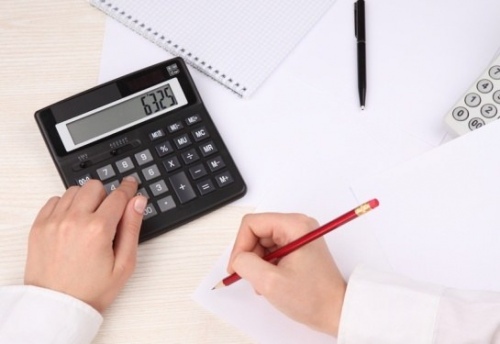The accounting balance of the enterprise is the main form of an account of the accounting department, which reflects, in which state is its financial activity for a certain period of time. This document is drawn up for the first number of months (quarter, year), is a table that includes two parts, interrelated - assets and liabilities. In assets, information about the types of property of the enterprise, composition, accommodation, and the passive describes the sources of the formation of these funds and their purpose of the appointment. The results of the asset and liability must be the same. The balance sheet is filled on on the basis of a operating and salad statement according to the approved form No. 1.
Filling the title sheet. The upper line of the balance is marked by the date on which the balance is made. Further indicate the full or abbreviated name of the organization, the Taxpayer, the type of activity. Next, you must specify the code available from the organizational and legal form of the enterprise, as well as the property code for classification OKOPF and OKFS. When filling, the necessary unit of measurement is selected and its code is specified. The legal address of the enterprise must be specified in the "Location" string.

- equipment (in the line of the article indicates the amount of acquisition);
- financial investments (this article will contain an amount of investor costs at the time of the accounting balance);
- material values \u200b\u200b(the string is filled with the sum of the actual cost of material resources (fuel, containers, spare parts, etc.);
- incomplete production (the amount of expenses for various materials, raw materials);
- costs of circulation (the article indicates the sum of the costs of all products that has not been implemented);
- expenditures of future periods (the costs that were committed, but according to the plan refer to subsequent periods);
- finished products (the amount of all finished production costs is taken into account);
- goods (amount of purchased goods at cost);
- accounts receivable (counting amount agreed with debtors, residual funds for currency accounts).

Lines in the partitions of the liability are filled as follows:
- authorized capital (its amount available in constituent documents is exhibited;
- reserve capital (indicates the remaining amount from initial capital);
- reserves for covering upcoming expenses and payments (denoted by the summary results of reserves that were not used during the year, and passing the next year);
- income of future periods (obtained income amounts for the reporting period, but which are transferred for the next period);
- in the profit column, the profit is taken into account, which is the result of the main activity of the organization for the entire reporting period;
- accounts payable (accounting of creditors' debts by enterprise).


With the proper filling of the accounting balance of the enterprise, the amount of assets and liabilities of the enterprise will be equal, it means that there were no errors and can be submitted to the relevant authorities.






























